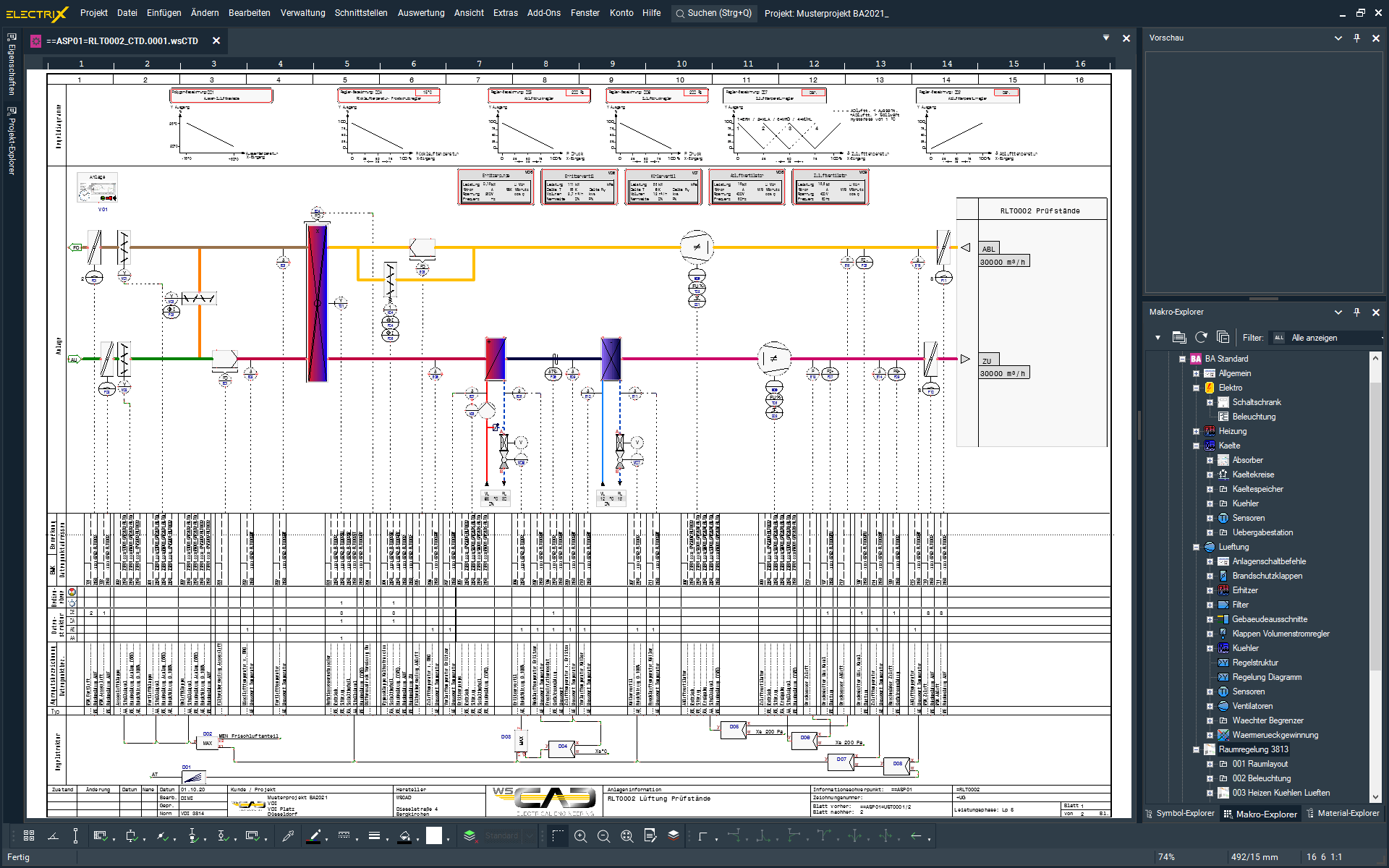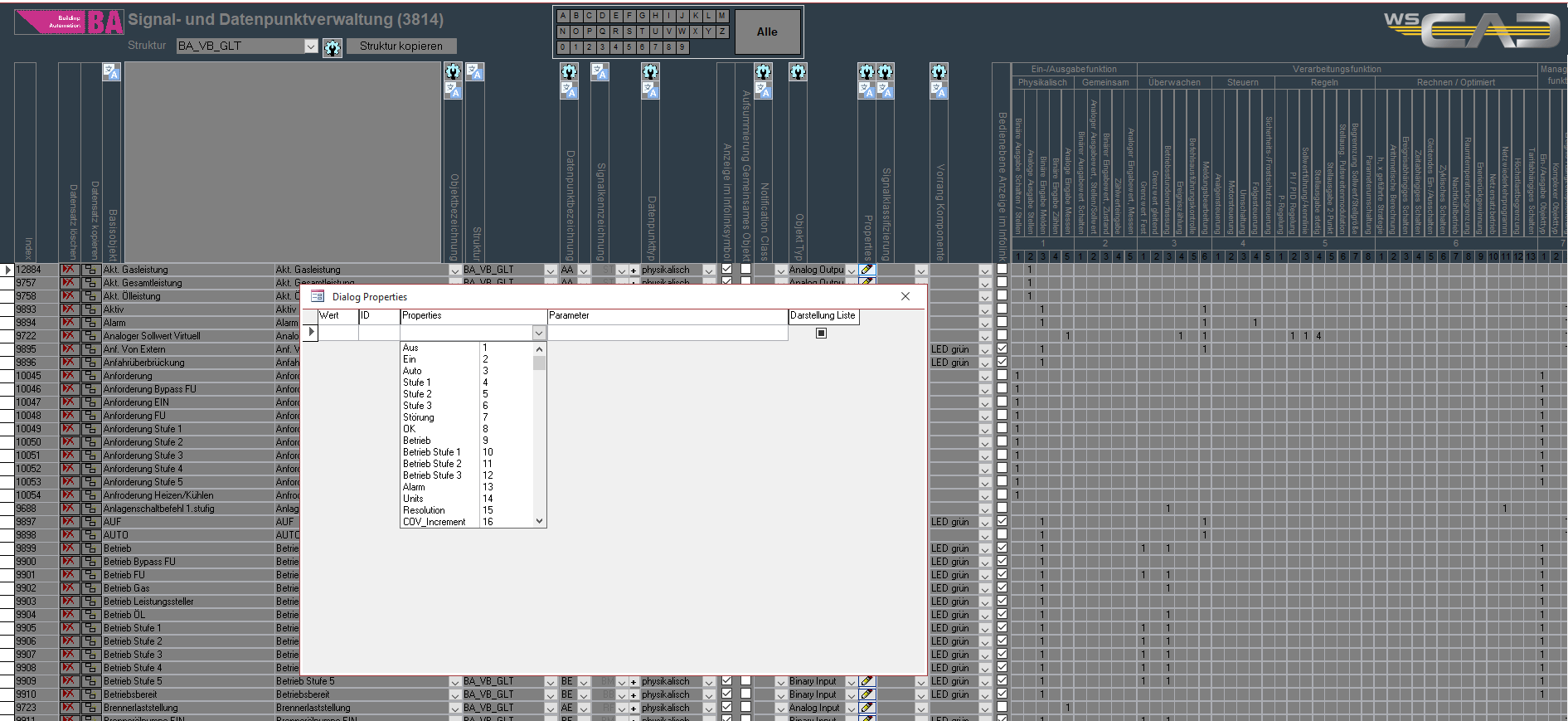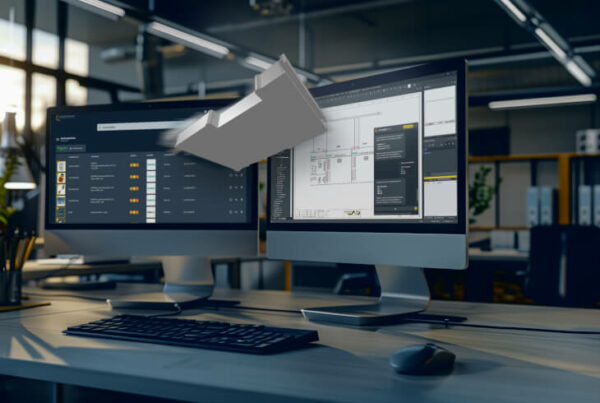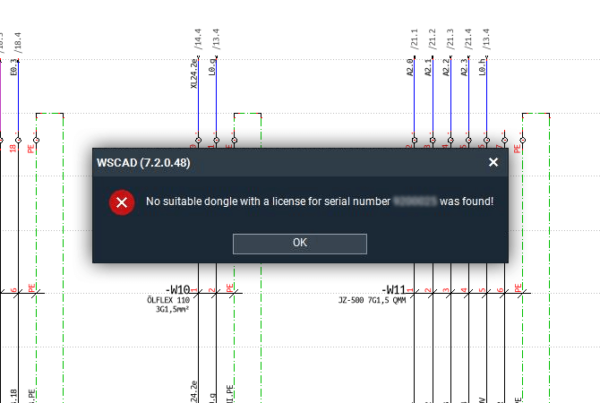
Due to the complexity of buildings, technology and regulations, the planning of building and room automation with subsequent execution can hardly be mastered without consistent and efficient planning software. Such a software should offer many degrees of freedom for creative planning, secure the standard-compliant documentation and support the comprehensive trade planning – without data breaks from the object/data point over to the automation focus and to the E-distributor. GA Pro Engineering Dietrich & Oertel GBR from Munich relies on the building automation solution from WSCAD. We spoke with Michael Dietrich, managing director and BA planner of GA Pro Engineering.
GA Pro Engineering supports building owners, engineering offices and contractors in the manufacturer and system-independent BA planning and tendering. All service phases of the HOAI within the cost group 480 (DIN276) are covered. The basic determination and planning is carried out by upstream TGA planning offices (technical building equipment). From there comes the rough planning and the design of the technology with sizes and volumes for sanitary and heating, ventilation, air conditioning (HVAC), for fresh and waste water, the energy demand as well as the building automation, security and data technology. GA Pro Engineering engineers provide detailed design for building and room automation, security, media and data technology, programming requirements and electrical installation (heavy and light current of cost group 480). As BA planning specialists with over 25 years of experience, they are just as proficient in process engineering as they are in the basics of instrumentation and control (I&C) or electrical and data engineering. Typical projects are large office buildings for international IT companies or car manufacturers such as Porsche, BMW and Audi. For planning, GA Pro Engineering uses the BA solution from WSCAD not only in the classic sense as a project planning tool for creating automation schemes, but also in particular as a complete documentation tool for clearly specified tender documents in the subsequent award process.
The work with WSCAD software usually starts with the design and graphical representation of the plant and control schematics. For this purpose, GA Pro Engineering receives the R&I flow diagrams from the TGA planner. “It is very important for instrumentation and control, that the hydraulics are made coherently right at the beginning of the project,” says Michael Dietrich. “Only if the hydraulics work well, will the automation also work well.”
Then it is planned: What is needed in total for building automation? For example, the hardware and software for cost group 481 is planned: these are automation stations and systems, field devices such as fire protection and smoke extraction systems, valves, actuators and sensors or meters. Once the automation scheme for a ventilation system has been designed, all associated objects or data points are defined and recorded in the WSCAD software, including their properties. Incidentally, the data points are available without media discontinuity via the subsequent circuit diagrams up to the connection points of the controls and their programming. The one-time capture and continuous use saves a lot of time and helps to avoid errors.
The building and room automation is planned according to the merged VDI 3814, the schematics as well as the following function lists. The graphical representation follows the specifications of VDI 3814 Sheet 4.3. The standard-compliant symbols are entered in the schematics, depending on the order and requirements with concrete manufacturer products and associated article data. They are taken from the supplied database or from the free online database wscaduniverse.com. If manufacturer-neutral specifications are required, for example for public tenders with texts and data according to standard performance books for Germany or Austria, these are also stored in WSCAD. “Especially the very fast article exchange is one of the helpful functions of WSCAD,” says Dietrich. “With one click, 120 sensors can be quickly changed to another make.” The design of the topology follows: Where are there automation focal points? What does the network look like for this? Where are the switchgear and distribution cabinets located?

The standard-compliant marking of the operating equipment can be displayed in two parts and contains the main reference to the unit to be displayed with a unique identification letter according to VDI 3814 sheet 4.1. In the symbol, the marking

including the function is entered according to the AMEV standard. In the linker below is the identification according to IEC DIN EN 81346 part 2. Especially the structured identification according to 81346, which is possible with WSCAD, allows to create a structuring across properties. The ventilation system of a building in Munich can be quickly dragged and dropped into the planning of a property in Frankfurt. All indicators automatically move along and are subordinated to the new property. The time-consuming and error-prone manual renaming process is completely eliminated.
Finally, automation schemes, valve and function lists with data points and function descriptions lead to a bill of quantities with individual text blocks for the tender with subsequent awarding. “The many interfaces are nice and very helpful here, for example to get data into WSCAD or to export it from WSCAD,” says Michael Dietrich. Optimally, the companies carrying out the work then continue to plan with the same software. This means that they can transfer the data 1:1 without any breaks and do not have to enter it again. For example, for the symbols already set in the P&I diagrams of the building services engineering with enrichment of the building automation, the concrete product data of the manufacturers are stored with article data and the circuit diagrams are developed from this. From these, in turn, the distribution and control cabinets have to be built up and then, with this data, wire sets, housings and mounting plates have to be manufactured on NC machines of well-known manufacturers. Or one takes over the field devices for the installation plans and representation of the mounting locations in the electrical installation plan.

Michael Dietrich
Managing director and GA planner of GA Pro Engineering
Q: Mr. Dietrich, you have been working with the BA solution from WSCAD for a long time and are also familiar with many other software solutions on the market – why WSCAD?
Michael Dietrich: Because WSCAD is simply very flexible, does not have a rigid concept like many other software solutions we know, and offers an extremely wide range of options. For example, the very high planning depth or the automatic generation of circuit diagrams should be emphasized. We can automate recurring processes and retrieve them at the push of a button. Data that has been captured once can be used throughout the entire planning and life cycle of buildings. This benefits us as planners, but also cabinet builders and electricians on the construction site or facility management in the operating phase. Clients of ours have bought WSCAD specifically so that we can plan with it and they can continue to use the data 1:1.
Q: You say WSCAD gives you a lot of creative freedom. What do you mean by that?
Michael Dietrich: A simple example: WSCAD does not specify any formats. We can take A4 to A0 or any format we want, but we don’t have to commit ourselves at the beginning. If the complexity increases during the planning or if there is not enough space, we can enlarge or reduce the size at any time and also mix them within a project. The management of individual text blocks is completely flexible. Because there are many freely usable flags, you can easily and quickly create your own to-do lists up to individual checklists and the like. For structuring and labeling you can follow the international standard 81346 or create your own individual structure. In one of our projects we work with the AMEV marking system and at the same time with structure markings according to ISO IEC EN 81346 – two marking systems in one planning. All other software solutions known to us can only use one key system at a time.
Q: In your opinion, what is the future viability of WSCAD?
Michael Dietrich: WSCAD is not a large company, but it has been on the market for 30 years with its E-CAD solution for the entire electrical engineering sector. The company continuously develops and expands its solution for mechanical and plant engineering, electrical installation, and especially for building automation. The latest regulations and guidelines are implemented promptly and WSCAD surprises again and again with innovations. Examples of this are the apps available free of charge or the new editor in the ELECTRIX version – a real milestone. As far as BIM and the new IFC standard are concerned, WSCAD is one of the tools that goes exactly in this direction. From our point of view, there is nothing comparable to WSCAD’s BA solution for BA planners.
Q: Mr. Dietrich, thank you very much for this interview.




